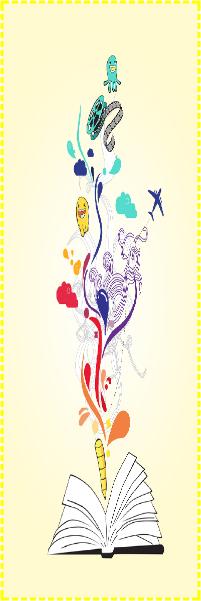 |
||||
 |
||||
 |
 |
 |
 |
 |
 |
 |
 |
||||||||||||||||||||
Exiting the Young Vic last weekend, bored rigid by a production of Bingo, with Patrick Stewart, I began to seriously question my current commitment to theatre-going. Of course there are some brilliant plays, performers and productions but, frankly, you have to sit through a lot of dross and mediocrity to catch one of these if, like me, you prefer to form an opinion before reading the critics or leaping on a bandwagon of public approval. At the moment, my pain - in money and physical commitment - far outweighs the pleasure I am getting from my theatre trips and it’s maybe time to scale them back until my enthusiasm returns. By contrast though, I am hugely enjoying visits to exhibitions, in particular the Gerard Richter and Yayoi Kasuma - both at the Tate Modern - which were fantastic. I knew little of either artist and found both exciting though in very different ways. Luckily, I managed to visit the Tate in a not-too-busy period and was able to stroll about at a leisurely pace. As anyone who attends exhibitions knows, this is not always the case. In The Sunday Times a week or two back, Rosie Kinchen, in an article, titled Our dash for the art of survival, discussed why so many of us have got the exhibition bug (extracts only; full article is behind a paywall): One explanation is that we are all show-offs, compelled to see every new exhibition in an attempt to keep up with the Joneses. Another is that in a digital world where everything is accessible at a mouse click, we are driven to find novelty by attending live events. Mark Pagel, a biologist at Reading University, believes the real answer lies in evolution. Humans, he argues, are hard-wired to want to see good art and far from being a frivolous pursuit, it is key to our survival as a species. In his new book, Wired for Culture, Pagel argues that paintings and other art forms have long held a vital role in society because of their ability to trigger emotions such as melancholy, love and rage. Whether it was animals painted on the walls of the Lascaux caves 17,000 years ago to motivate hunters, Venus figures carved in stone to encourage fertility and procreation, or a national anthem to raise morale before battle, we have used culture to inspire the emotions that we need to survive. … Pagel suggests that societies evolved to retain and support artists because their skill is socially useful just as building or hunting is. Even in early hunter-gatherer societies there would have been a division of labour. “If you happen to be good at drawing animals on the wall you could probably trade your art for berries,” he says. Pagel believes [our interest] is down to a process of cultural evolution; over time, we naturally pick out those artists, musicians and writers who are most effective at inspiring these key emotions. Not that I need further encouragement but it’s kind of nice to think that hours whiled away watching, performing and creating artistically are as essential to the survival of the species as all the more mundane stuff - like breathing and eating - isn’t it? |
|||||||||||||||||||||||||||
 |
|||||||||||||||||||||||||||
|
||